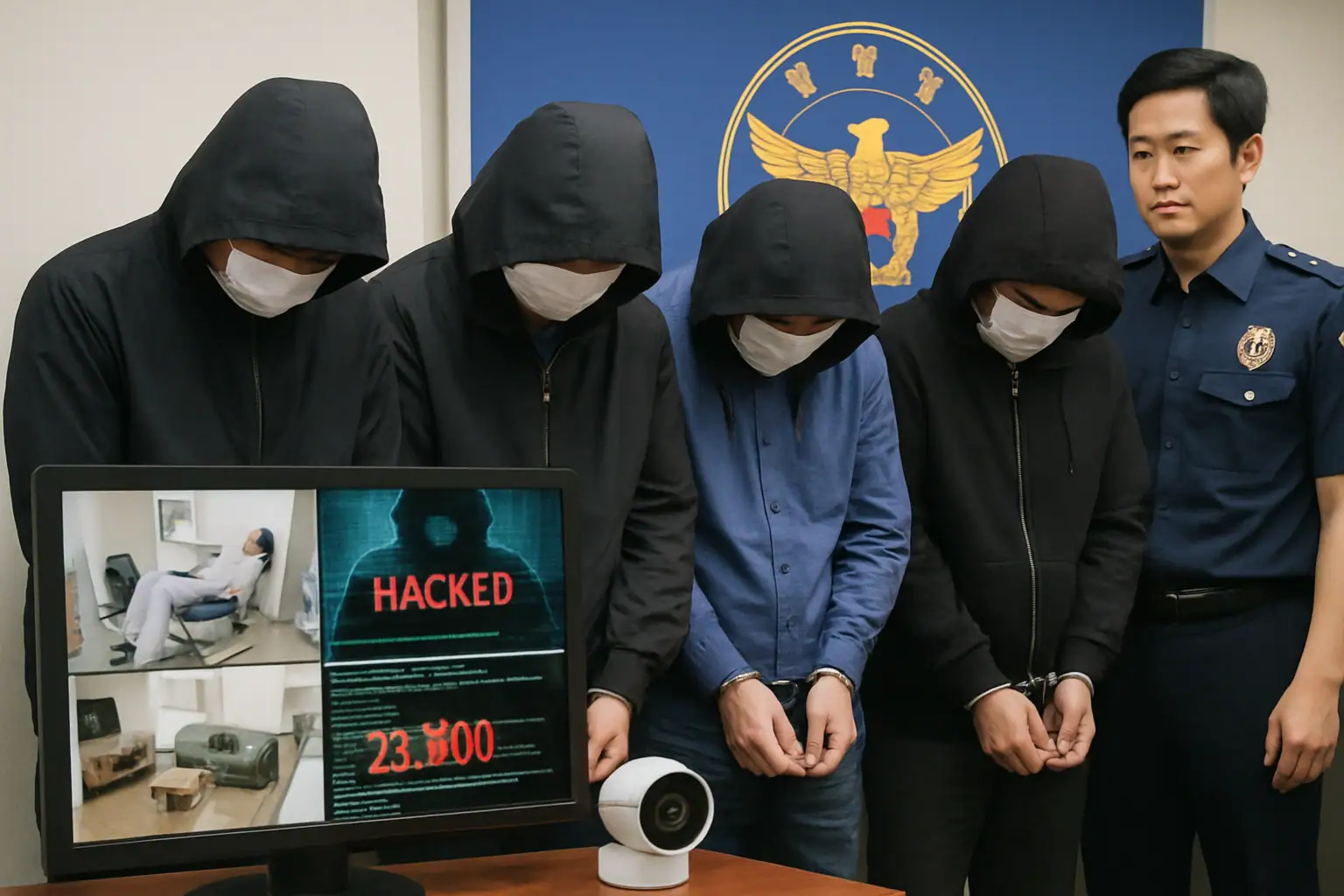Veeam has released an emergency security update addressing a critical remote code execution vulnerability in their widely-used backup solution. The vulnerability, designated CVE-2025-23121, has received a maximum CVSS score of 9.9, indicating an extremely high threat level that demands immediate attention from enterprise IT teams worldwide.
Understanding the High-Severity Backup System Vulnerability
Security researchers from watchTowr and CodeWhite have identified a dangerous security flaw affecting Veeam Backup & Replication version 12 and later releases. This vulnerability specifically impacts installations integrated with Active Directory domains, making it particularly concerning for enterprise environments that rely on centralized authentication systems.
The exploitation mechanism enables any authenticated domain user to execute arbitrary code on the backup server infrastructure. This capability provides attackers with extensive opportunities to compromise mission-critical systems, potentially gaining unauthorized access to sensitive backup data and the broader corporate network.
Enterprise Deployment Architecture Weaknesses
Investigation into this security incident has revealed systematic issues in how organizations deploy backup infrastructure. Many enterprises connect their Veeam servers directly to primary Windows domains, disregarding manufacturer recommendations to establish isolated Active Directory Forest environments for backup operations.
This common deployment practice significantly expands the attack surface, as potential threat actors include not only external cybercriminals but also any internal users with basic domain privileges. The vulnerability transforms routine domain access into a pathway for complete backup infrastructure compromise.
Security Architecture Best Practices
Veeam security specialists consistently recommend implementing secure deployment principles: utilizing separate Active Directory forests, protecting administrative accounts with multi-factor authentication, and applying least-privilege access controls for backup system interactions. These measures create essential security boundaries that limit potential attack vectors.
Connection to Previous Security Incidents
This vulnerability represents part of a broader security pattern rather than an isolated incident. In March 2025, watchTowr Labs researchers previously identified a related issue CVE-2025-23120, involving unsafe deserialization processes within the system’s .NET components.
The underlying problem stems from the continued use of the deprecated BinaryFormatter component, which Microsoft has officially declared unsafe for processing untrusted data. This mechanism fundamentally cannot be secured against deserialization attacks, making its presence in critical infrastructure systems a persistent security liability.
Technical Exploitation Methodology
The attack vector relies on injecting malicious objects through data deserialization processes. Cybercriminals can craft specially designed serialized objects containing “gadgets” – code fragments that execute automatically during object restoration from serialized states, bypassing traditional security controls.
Security expert Anton Gostev from watchTowr has warned that similar vulnerabilities will continue emerging until BinaryFormatter is completely removed from the product codebase, requiring comprehensive architectural modernization efforts from Veeam’s development team.
Immediate Threat Mitigation Measures
Veeam has addressed this critical vulnerability in version 12.3.2.3617, which completely eliminates the identified security flaw. System administrators should prioritize immediate update planning, considering the critical nature of this threat and its potential impact on organizational data security.
Organizations must also reassess their backup infrastructure architecture, ensuring proper isolation from primary corporate systems. This incident underscores the critical importance of implementing defense-in-depth strategies and conducting regular security audits of mission-critical systems. Timely application of security updates remains one of the most effective defenses against sophisticated cyber threats targeting enterprise backup infrastructure.






